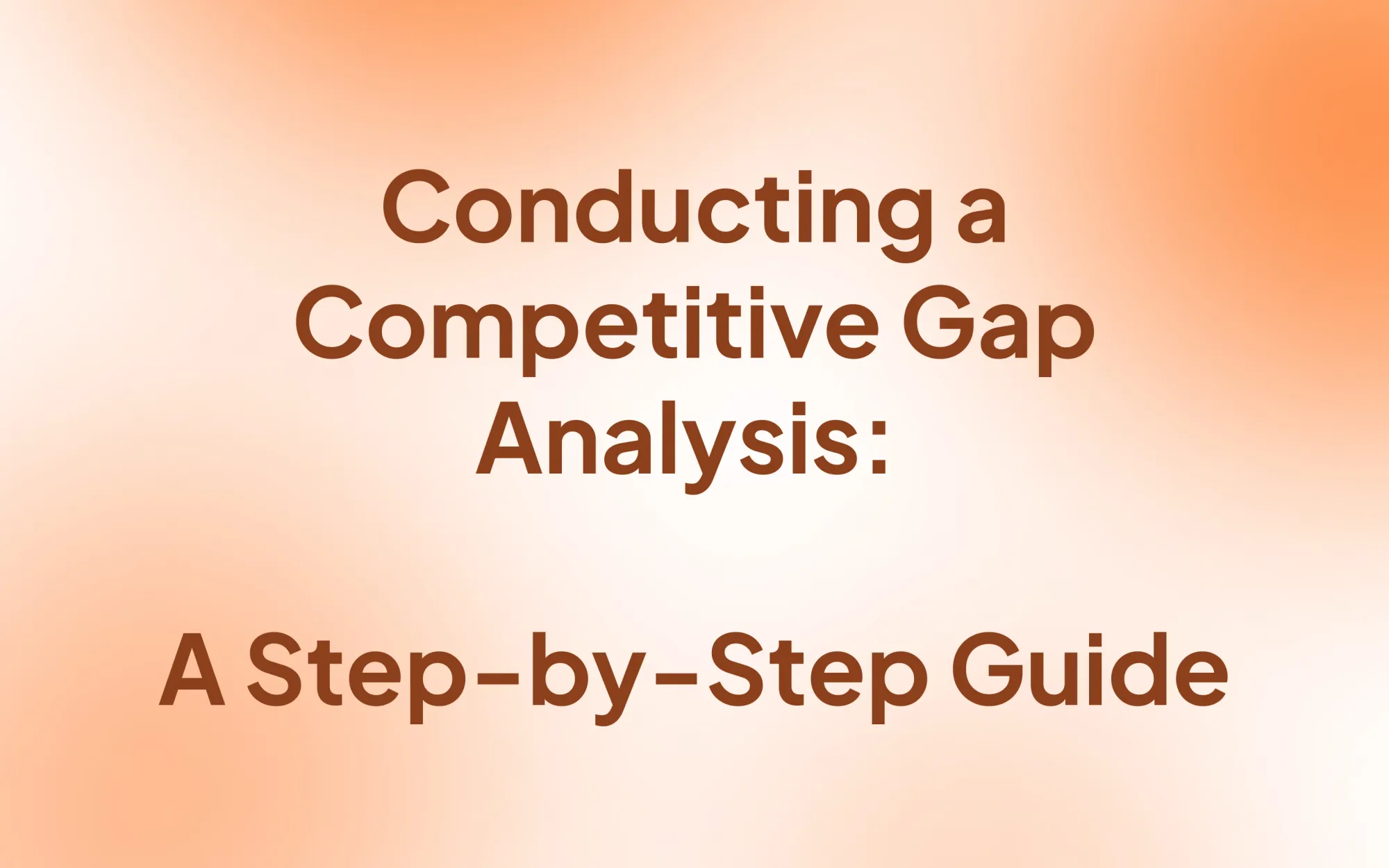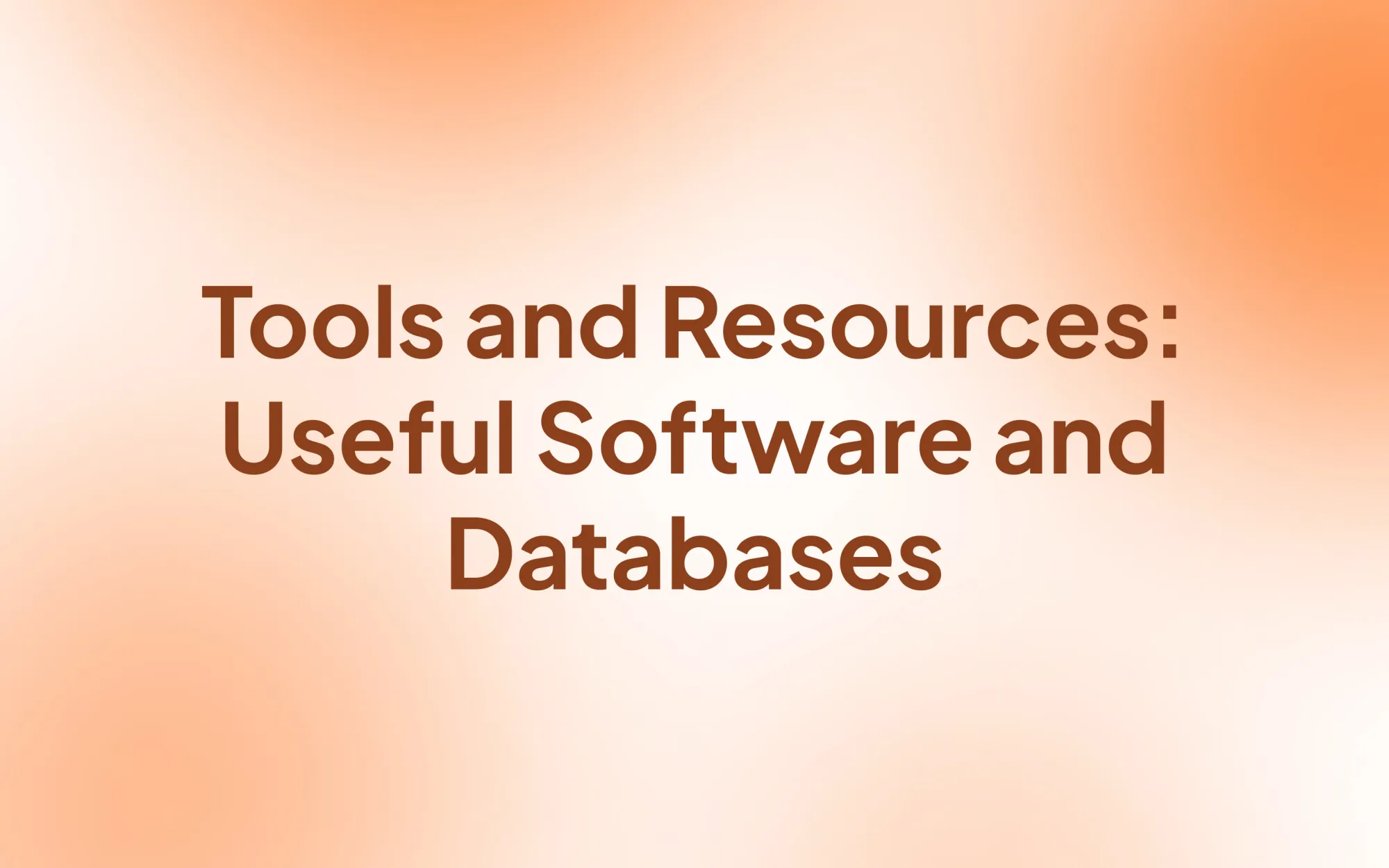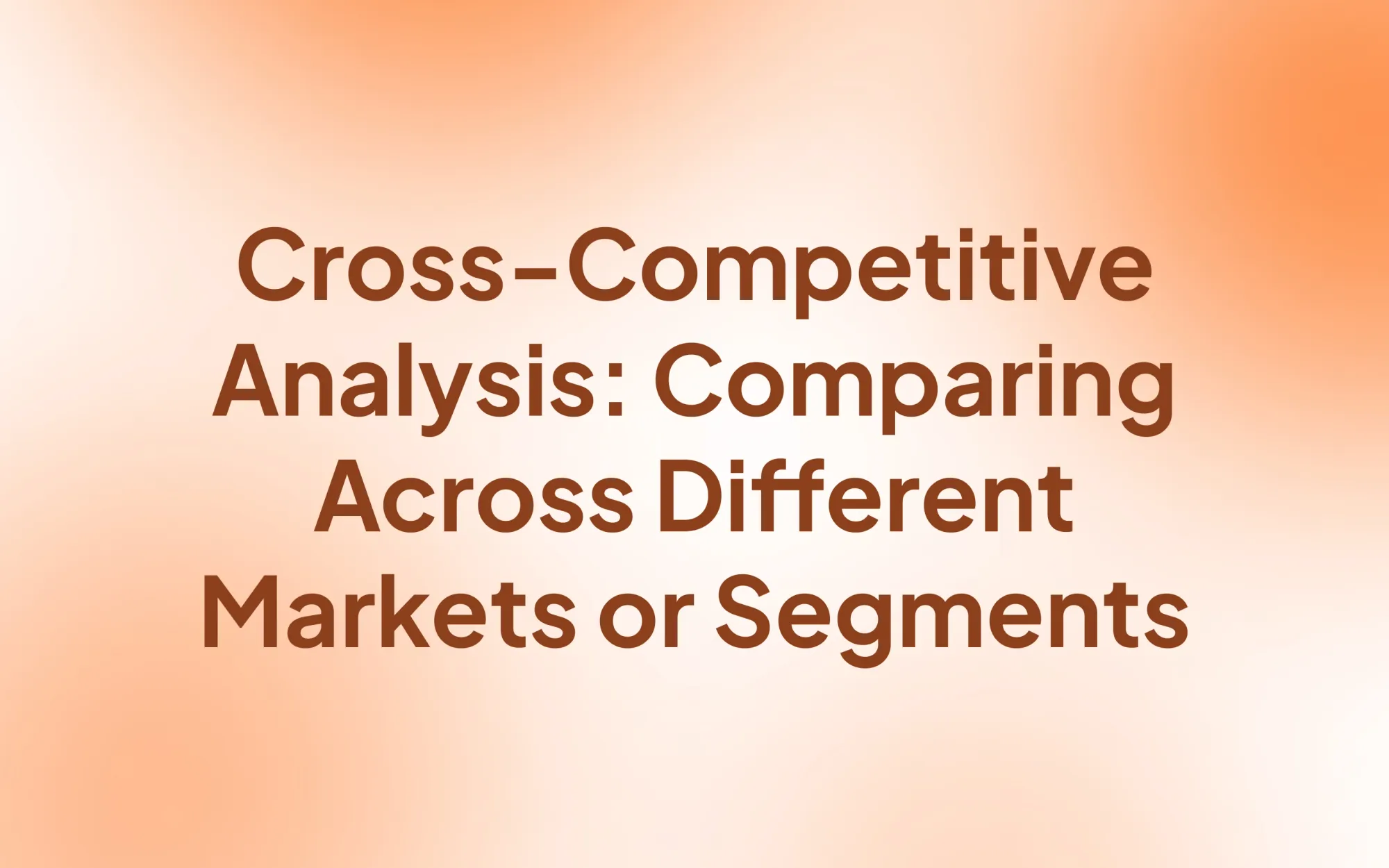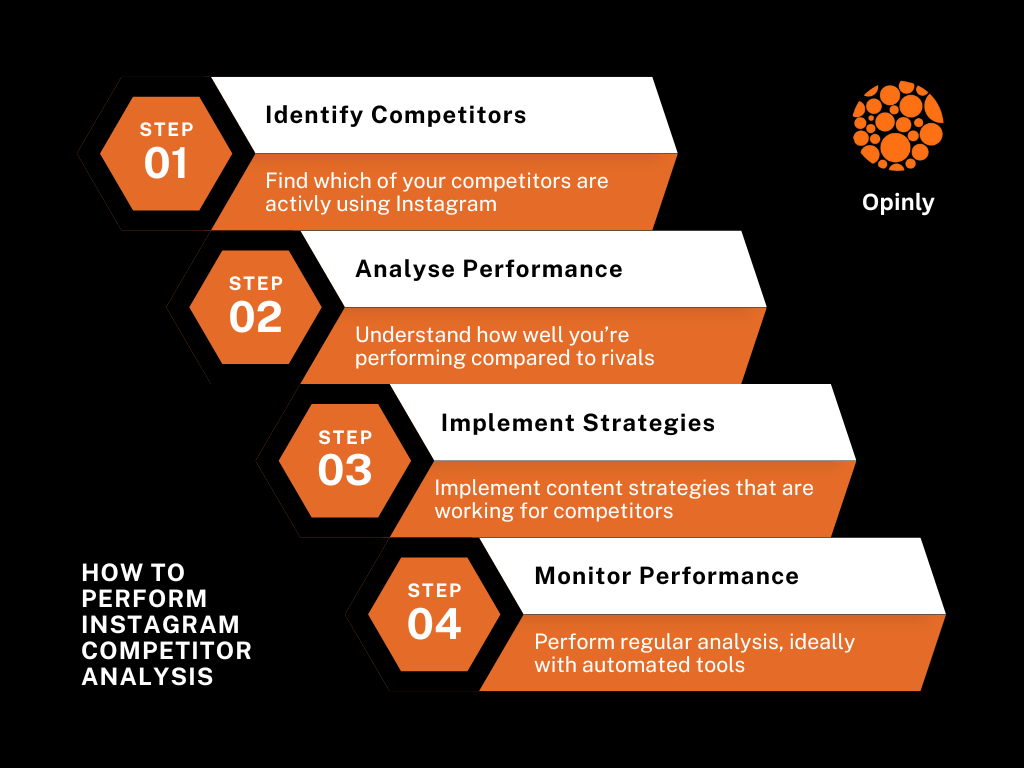Competitor Gap Analysis: What It Is and Its Best Practices
Learn what a competitive gap analysis is, how it helps businesses identify opportunities, and discover best practices to stay ahead of competitors and improve strategy.

Have you ever looked at your business and wondered how you truly measure up against the competition?
What are they doing that you aren’t, and what opportunities are you missing? This is where competitive gap analysis comes into play.
A Competitive Gap Analysis tool that doesn’t just highlight how your competitors are performing but shows you where the gaps are in your own strategy that you can turn into potential opportunities.
Understanding Competitive Gap Analysis is important for your strategic planning. A Competitive Gap Analysis helps you see clearly where you need to improve, innovate, or change direction. Without a Competitive Gap Analysis, you might be making decisions based on guesswork, and in today’s competitive environment, that’s a risk you can’t afford to take. Identifying all the keywords that your competitors rank for can uncover content opportunities and enhance your search engine visibility.
Let’s dive into what competitive gap analysis really entails and why it’s an indispensable part of your business strategy toolkit.
Understanding Competitive Gap Analysis
What is Competitive Gap Analysis?
Competitive gap analysis is a way to see how your business stacks up against your competitors by identifying differences, or “gaps,” in key areas. Think of it as a detailed comparison tool between your company and others in your market, focusing on things like product features, customer service, pricing, market reach, technology, and keyword difficulty.
The goal is to find out where your competitors are doing better than you or where they might be falling short, so you can improve your business or take advantage of their weaknesses.
Purpose of Competitive Gap Analysis
The main purpose of competitive gap analysis is to help businesses create strategies to stay ahead of their competition.
Analyzing market share helps in understanding a company's position and influence within the market.
By identifying where gaps exist, you can make smart decisions on where to focus your resources, such as developing new products, improving services, adjusting prices, or making operations more efficient. In short, it acts as a guide to help your business grow and capture more of the market by pointing out opportunities you can act on.
Types of Gap Analysis
A gap analysis can be applied to various aspects of a business, each serving a unique purpose in identifying areas for improvement and making data-driven decisions. Understanding the different types of gap analysis can help businesses pinpoint specific areas that need attention, whether it’s in their content, products, or services. This comprehensive approach ensures that no stone is left unturned in the quest for excellence.
Content Gap Analysis
A content gap analysis is a strategic process that involves scrutinizing your current content offerings and comparing them to the desired outcomes and objectives of your content strategy. This type of analysis helps identify where your content may be falling short in meeting the needs of your target audience. By conducting a content gap analysis, businesses can discover areas where new content needs to be created, existing content needs improvement, or the overall content strategy needs adjustment. This ensures that your content remains relevant, engaging, and effective in achieving your business goals.
Key Concepts in Competitive Gap Analysis

Visual representation of competitive gap analysis with key practices like competitor benchmarking
a. Competitive Benchmarking: Measuring Against Top Competitors
Competitive benchmarking involves measuring your business’s performance against the top players in your industry. This comparison covers everything from product quality and customer service to marketing strategies and operational efficiency.
The aim is to pinpoint where top competitors excel and where they have weaknesses. By understanding these aspects, you can strategize on improving your products or services to gain a competitive advantage. Implementing targeted marketing campaigns can address identified gaps and enhance your competitive advantage by aligning your offerings more closely with customer needs.
b. Market Positioning: Identifying Your Unique Position
Market positioning is about carving out a unique spot in the competitive landscape that your business can claim as its own. This involves understanding how customers perceive your brand compared to others. Are you seen as the cost-effective option, the luxury choice, or perhaps the most innovative? Knowing your position helps you tailor your marketing strategies and product offerings to better appeal to your target audience, reinforcing your strengths and distinguishing you from the competition. Aligning your product development strategy with customer needs can drive innovation and business growth by identifying gaps in existing solutions and leveraging customer feedback and insights.
c. SWOT Analysis: Overview of Internal and External Factors
SWOT analysis is a strategic planning tool that helps you evaluate your company's Strengths, Weaknesses, Opportunities, and Threats. This involves looking both internally (strengths and weaknesses) and externally (opportunities and threats) to understand better what factors may impact your business's success. SWOT analysis is invaluable for competitive gap analysis as it helps you understand what internal capabilities you can leverage and what external conditions you should prepare for to stay ahead of the competition.
d. PESTEL Analysis: Impact of Broader External Conditions
PESTEL analysis examines the Political, Economic, Social, Technological, Environmental, and Legal factors that could affect your business. This type of analysis is crucial for understanding the broader external conditions that influence your industry. By assessing these areas, you can anticipate changes that might affect your market, like new regulations or technological advancements, and adjust your business strategies accordingly to maintain a competitive edge.
e. Porter's Five Forces: Understanding Industry Dynamics
Developed by economist Michael Porter, the Five Forces analysis provides a framework to evaluate the competitiveness of an industry. The five forces include competition in the industry, potential of new entrants into the industry, power of suppliers, power of customers, and the threat of substitute products.
Understanding these forces helps you grasp the dynamics of your industry, including where power lies and how it can affect your profitability. This insight is important for developing strategies that safeguard your position in the market and exploit areas of potential competitive advantage.
Each of these concepts plays an important role in conducting a thorough competitive gap analysis, helping businesses identify where they stand, where they could be, and how to get there effectively.
Conducting a Competitive Gap Analysis: A Step-by-Step Guide

Infographic detailing steps in conducting a competitive gap analysis
Step 1: Identifying Competitors
The first step in a competitive gap analysis is to identify who your competitors are. These can be direct competitors who offer the same products or services as you do, or indirect competitors who might satisfy the same customer needs in different ways. Start by listing the key players in your market—both the big names and smaller entities. Knowing who you're up against is important for a thorough analysis.
Step 2: Gathering Data (Competitive Intelligence)
Once you know who your competitors are, the next step is to collect data about them. This is known as competitive intelligence. Look for information on their products, sales, marketing strategies, customer reviews, and financial performance.
You can gather this data from various sources such as their websites, social media, industry reports, and customer feedback. Collecting detailed and accurate information is essential for making valid comparisons.
Step 3: Analyzing the Competitive Landscape
With all the necessary data in hand, it's time to analyze it. Compare your competitors' strengths and weaknesses against your own. Look for patterns or trends in the market that could impact your business.
A competitive gap will help you identify the gaps in the market where your competitors are either strong or weak. Understanding these gaps will guide you in deciding how to position your business, whether by exploiting competitors' weaknesses or by bolstering your own strengths to defend against their strong points.

Chart comparing a company's strengths and weaknesses through a competitive gap analysis framework
To make your competitive gap analysis more efficient and effective, you can use various tools and resources:
- Analytical Software: Tools like SWOT, PESTEL, and Porter's Five Forces analysis software can help simplify and organize your data.
- Market Research Databases: Platforms like Statista, IBISWorld, and Hoover's provide extensive industry reports and competitor information.
- SEO and Marketing Tools: Software like SEMrush, Ahrefs, and BuzzSumo can offer insights into competitors' online presence, keywords, and content strategy.
- Social Media Monitoring Tools: Tools like Hootsuite or Sprout Social can help track competitors' social media activities and engagement levels.
Using these tools will not only save you time but also provide a depth of insights that can be hard to achieve manually. They allow you to keep your finger on the pulse of the market and adapt swiftly as conditions change.
Conducting a competitive gap analysis with these steps ensures that you have a clear understanding of where you stand in the market and what strategic moves you need to make to gain an edge over your competitors.
Best Practices in Competitive Gap Analysis

Diagram showing the process of identifying opportunities in the market using competitive gap analysis strategies
Consistency and Frequency: Regular Updates and Reviews
To stay ahead in a rapidly changing market, it's crucial to conduct competitive gap analyses regularly. This isn't a one-time task; it's an ongoing process that helps keep your strategies fresh and relevant.
By scheduling regular reviews—whether quarterly, bi-annually, or annually—you can monitor market changes, track competitor moves, and adjust your strategies accordingly. Consistent updates ensure that you're not working with outdated information and that your business remains competitive at all times.
Holistic Approach: Incorporating Various Analytical Frameworks
A thorough competitive gap analysis should not rely on a single method or perspective. Instead, use a combination of different analytical frameworks to gain a comprehensive understanding of the competitive landscape. For example:
- Resource-Based View (RBV): This framework helps you assess your company's resources and capabilities to determine if they provide a competitive advantage.
- Capability Gap Analysis: It identifies the skills and capabilities your business needs to develop to outperform competitors. Integrating these frameworks can help you uncover different types of gaps and opportunities, from resource allocation to potential areas for capability development.
Actionable Insights: Translating Analysis into Strategic Actions
The ultimate goal of competitive gap analysis is to generate actionable insights that can be converted into strategic actions. It's not enough to simply identify the gaps; you must also devise concrete plans to exploit these gaps. This could involve enhancing product features, improving customer service, adjusting pricing strategies, or ramping up marketing efforts. Every insight should lead to an action that aims to improve your competitive position in the market.
Achieving a Competitive Advantage
A competitive gap analysis is a powerful tool for businesses looking to gain a competitive edge. By meticulously analyzing the gaps in their marketing strategies, product offerings, and customer satisfaction, businesses can make informed decisions that propel them ahead of the competition. This type of analysis helps identify areas where improvements can be made, whether it’s through enhancing product features, refining marketing campaigns, or boosting customer service. The insights gained from a competitive gap analysis enable businesses to adjust their strategies proactively, ensuring they stay ahead in the competitive landscape.
Cross-Competitive Analysis: Comparing Across Different Markets or Segments

Flowchart illustrating best practices for competitive gap analysis, highlighting strategic planning and competitor monitoring
To truly capitalize on competitive gap analysis, extend your review beyond your immediate competitors to include different markets or segments.
This broader view can reveal untapped opportunities or emerging threats that aren't apparent in your immediate market. For example, analyzing competitors in a parallel industry might inspire innovative product ideas or new customer service strategies that could be adapted to your market. Such cross-market insights can provide a unique competitive edge and open up new avenues for growth.
By following these best practices, you can ensure that your competitive gap analysis not only provides a snapshot of where you stand but also guides you toward strategic decisions that foster long-term success and sustainability in your market.
Challenges and Solutions in Competitive Gap Analysis

Table showing the components of a competitive gap analysis, focusing on pricing, product features, and market positioning
Common Pitfalls in Competitive Gap Analysis
1. Inaccurate or Biased Data
Sometimes, data collected might be incomplete or biased, which can lead to a misunderstood view of how you stack up against competitors. This can cause wrong strategic decisions.
2. Too Much Focus on Competitors
It's good to know what the competition is doing, but focusing too much on them might make you lose sight of what makes your business unique or what your customers really need. This could result in copying competitors rather than creating something new.
3. Resistance to Change
Discovering gaps might mean you need to change your strategy significantly. However, sometimes people within the organization might resist these changes, making it hard to implement new plans.
4. Analysis Paralysis
Gathering too much information without clear goals can lead to analysis paralysis, where it becomes so overwhelming that it's hard to make any decision at all.
How to Overcome Competitive Gap Analysis Challenges

1. Accurate and Complete Data Collection
To avoid skewed results, make sure to gather comprehensive and unbiased information from reliable sources. This ensures a clearer picture of the competitive landscape.
2. Balanced Focus
While analyzing competitors, also spend time understanding your own business's strengths and the needs of your customers. This helps in identifying unique opportunities for innovation rather than just competition.
3. Encouraging Flexibility
Cultivate an organizational culture that embraces change. This can be achieved by clearly communicating the benefits of new strategies and involving team members in planning and implementation.
4. Clear Objectives
Define clear, actionable objectives for your analysis to prevent getting lost in data. Focus on gathering only the information that will help you make informed decisions.
By addressing these challenges with strategic solutions, you can ensure that your competitive gap analysis effectively guides your business towards better competitive strategies.
Competitive gap analysis is a crucial tool that helps you understand where you stand in your industry compared to your competitors. By identifying these gaps, you can pinpoint where to improve and how to leverage your strengths.
It's important to collect accurate data, maintain a balanced perspective, embrace necessary changes, and have clear objectives to avoid common pitfalls. When done correctly, competitive gap analysis not only keeps you informed about your competitive environment but also guides you toward strategic decisions that enhance your market position and lead to sustainable success.
Keep these insights in mind to effectively navigate your competitive landscape and steer your business towards greater achievements.
Frequently Asked Questions
1. What is competitiveness gap?
A competitiveness gap refers to the difference between how well your business performs compared to your competitors. It shows where your business may be falling behind in areas like product quality, customer service, pricing, or marketing, giving you a clear idea of what you need to improve to stay competitive.
2. What is gap analysis?
Gap analysis is a process used to compare where you are now with where you want to be. It helps identify the "gaps" or areas where you need to improve in order to reach your goals. This can apply to business performance, processes, skills, or any other area needing improvement.
3. What is gap analysis in strategic management?
In strategic management, gap analysis is used to assess the difference between a company's current performance and its strategic goals. It helps identify what needs to change—whether in resources, processes, or strategies—to achieve long-term business objectives.
4. What are gap analysis limitations?
The limitations of gap analysis include the risk of drawing wrong conclusions due to incomplete or inaccurate data, the time-consuming process of gathering necessary information, a focus primarily on present issues without considering future trends or changes, and the potential for over-simplifying complex factors like internal resistance to change.
5. What is competency gap assessment?
A competency gap assessment looks at the skills and abilities required for a job or role compared to what an individual or team currently possesses. It helps identify areas where additional training or development is needed to meet job requirements or improve overall performance.




